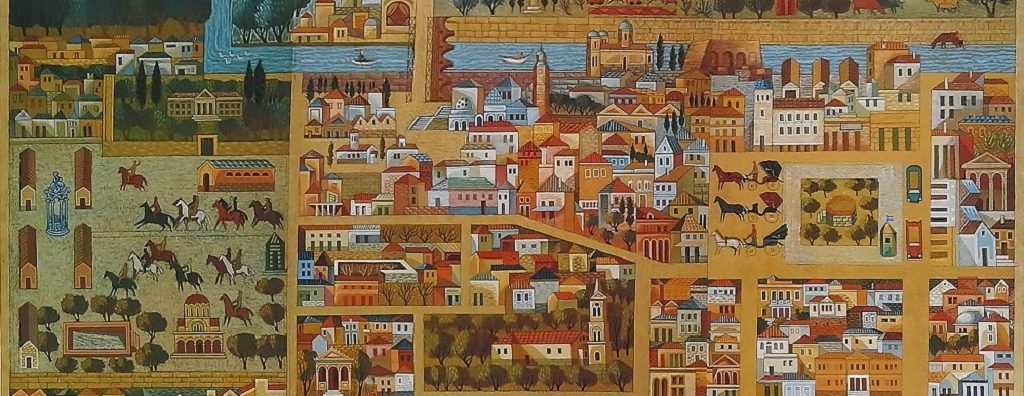
Night adventure with fairy and glowing object ,generative artificial intelligence
Probably anyone who was a teenager in the 1980s and 1990s had at least one gamebook in their hands… But little did they know that they were designed to have an educational purpose just a few years after their origin!
We are talking about a literary genre in which the text “is divided into blocks, at the end of each of which one can proceed in reading either by choosing between different possibilities or by solving mathematical riddles and guessing games” (Treccani).
The reader then has the “task” of carrying the story forward, deciding how it will end. Unlike traditional novels, the reading of a gamebook is not linear, one page after the other, but, depending on the reader’s decisions, jumps from one page to another one further away: do you want to talk to the man sitting on the bench? The story continues on page 93. Want to see who is hiding behind the door? Turn to page 58.
We usually identify the birth of gamebooks in the 1970s, but there are earlier examples by well-known authors.
The first example of a gamebook is “Consider the Consequences!” by Doris Webster and Mary Alden Hopkins (1930): it is a romance novel in which the fate of the protagonists, Helen and her two suitors, is all to be decided!
Later, Jorge Luis Borges wrote “Examination of the Work of Herbert Quain” and “The Garden of Forking Paths” in 1941, while Alan George published “Treasure Hunt” in 1945.
Famous authors who experimented with non-linear fiction between the 1960s and 1970s include Raymond Queneau (“A Tale of Your Own”), Marcel Duchamp, Italo Calvino and Gianni Rodari, who, in 1971, told stories in a radio programme in which the audience was asked to choose the ending. The stories were then published with three different endings (“Many Stories to Play”).
From the post-World War II period onwards, the gamebook structure started to mainly used for educational purposes: the first examples are Doubleday’s TutorText self-study manuals, published from 1958 to the early 1970s. This series of interactive books was published in the United Kingdom and the United States to teach a wide variety of topics to a regular audience. Steve Jackson and Ian Livingstone recognised these books as an influence on the development of their playbooks.
Exploring gamebooks potentials to reinvent homework
The EduGraal project offers teachers an articulated path into the complex and fascinating world of interactive storytelling to use the homework adventures in their lessons. This is offered through an e-learning course that guides teachers to design and write their own adventure. The project website also provides 18 ready-to-use adventures and a toolbox of useful materials, including character sets, scenarios and free online resources to enrich the adventure with multimedia content.
Playful teaching is recognised as an excellent strategy to avoid purely mnemonic study by students. EduGraal wants to help make homework more attractive by stimulating students’ curiosity and engagement through interactive stories.
Resources:
• https://www.treccani.it/
• Luis Borges, Examination of the Work of Herbert Quain, 1941
• Luis Borges, The Garden of Forking Paths, 1941
• Alan George, Treasure Hunt, 1945
• Raymond Queneau, A Tale of Your Own, 1967
• Gianni Rodari, Many Stories to Play, 1971
• Webster, D. and Hopkins, M.A. (1930) Consider the consequences. Pp. 186. Century Co.: New York, London.














Δεν υπάρχουν ακόμη σχόλια